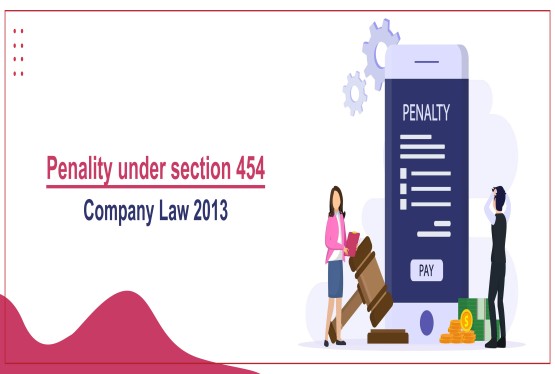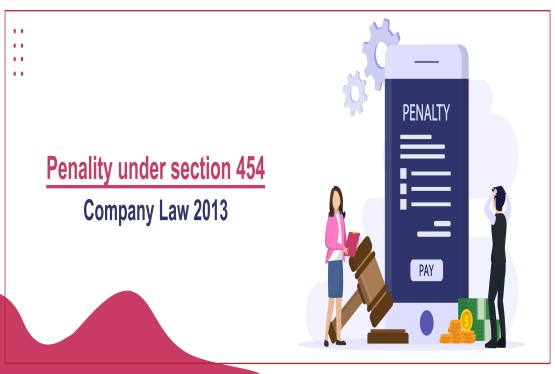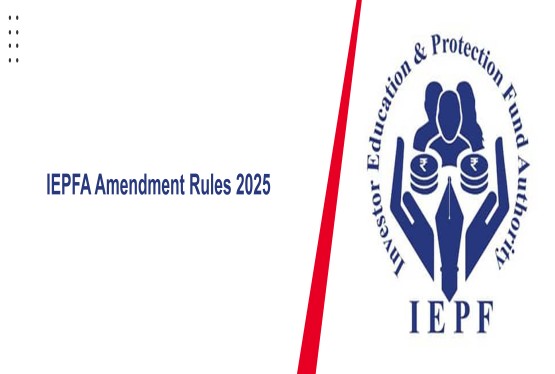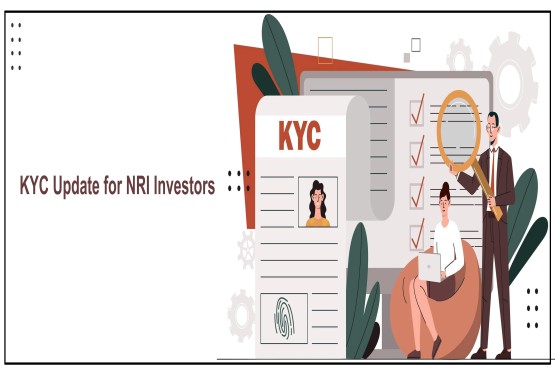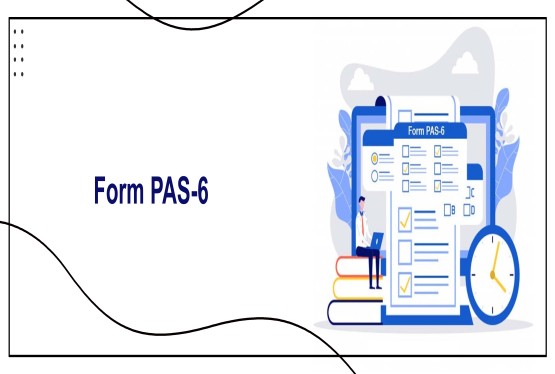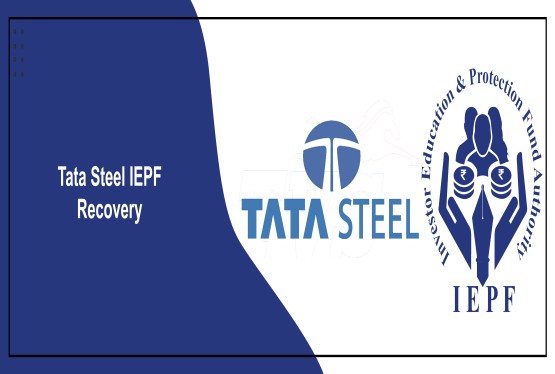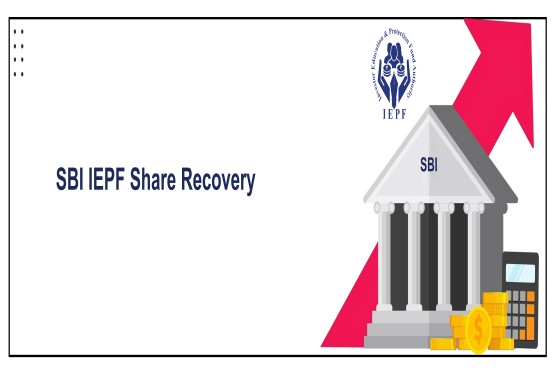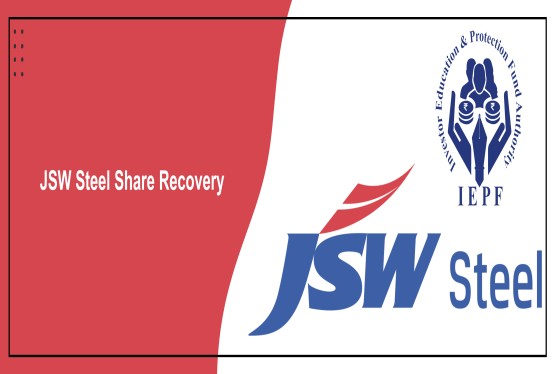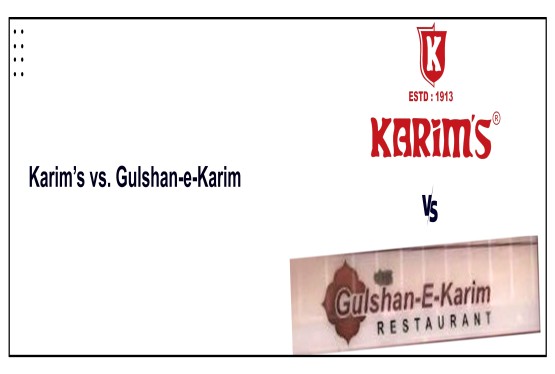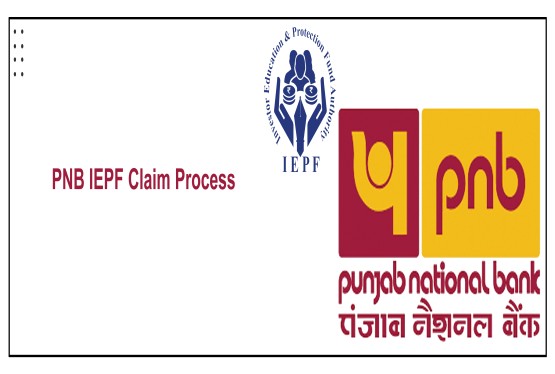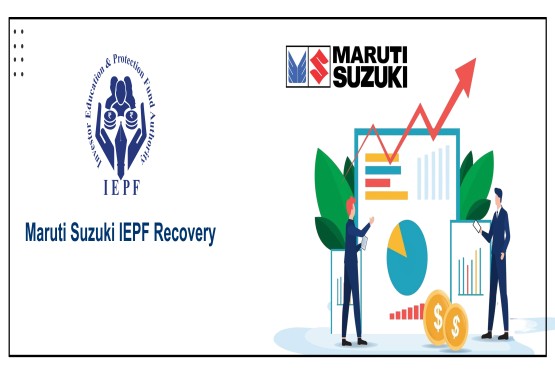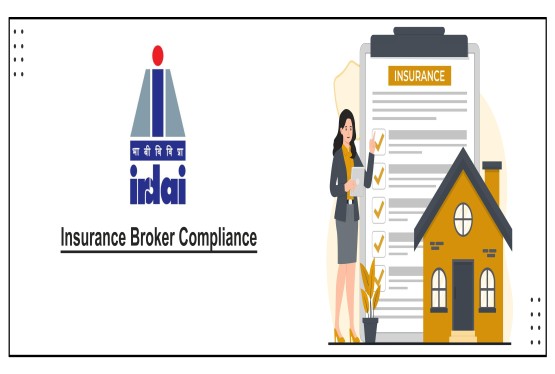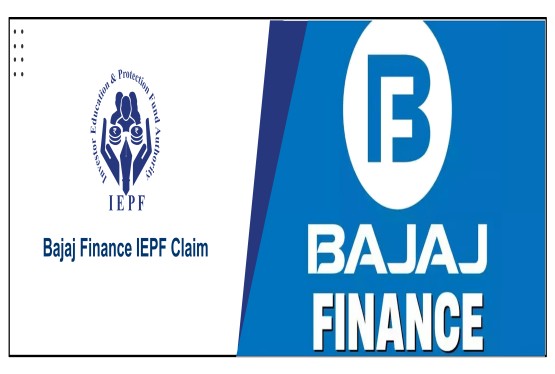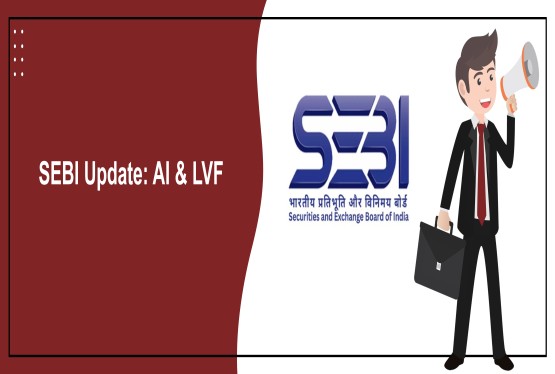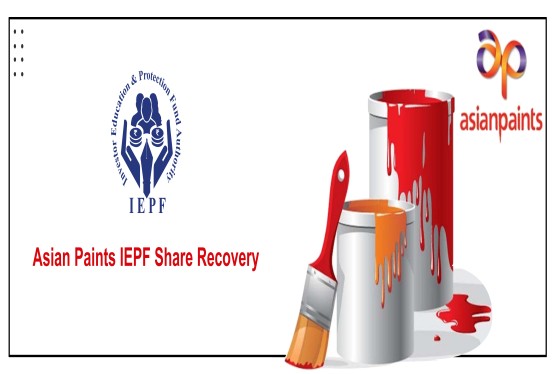Preparing for an IPO/SME IPO or a change of control is not just about great numbers but it’s about evidencing discipline, traceability, and compliance across the entire company. Below is a practitioner-grade guide you can use as a working blueprint. It blends legal/secretarial, RBI/NBFC, tax, contracts, people, and operational workstreams and folds in the precise Companies Act, FEMA/RBI, EPFO/ESI and allied requirements you listed.
Corporate, Legal & Secretarial Diligence
Constitution, governance & cap table
Confirm that the company is properly constituted and governed in line with the Companies Act, 2013.
-
Board & KMPs. At least two directors for a private company, with one resident in India; KMPs apply only when paid-up capital is Rs.10 crore or more. Verify appointment/cessation filings (DIR-12), residency proofs, D&O disclosures, and registers.
-
Shareholding pattern. Minimum two members and not more than 200 (ex-employees excluded). Reconcile the cap table with past PAS-3 filings, transfer deeds, share certificates, Rule 9A/9B dematerialisation status, and BEN-1/BEN-2 trails for Significant Beneficial Owners.
-
MOA/AOA hygiene. Ensure that objects and restriction clauses match the business model and funding plan. Past alterations must track Section 13 (MOA-INC-33) and Section 14 (AOA-INC-34), with special resolutions and approvals (ROC/RD/NCLT as applicable).
-
Registers, minutes & filings. Verify complete statutory registers; confirm Section 118/SS-1/SS-2 compliance for Board/General meeting notices, quorum, and signed minutes. Cross-check annual filings AOC-4/MGT-7 or 7A, ADT-1, DIR-3 KYC, INC-22, etc., for timeliness and consistency.
-
Charges. Track creation, modification, and satisfaction (CHG-1/CHG-9/CHG-4). Unregistered or un-satisfied charges are classic red flags and can stall bank consents and listing approvals.
-
Related party & loans. Must check the Section 188 approvals/disclosures; map Section 185 exposures and private company exemption conditions; and check Section 186 limits, approvals, and disclosures for all loans/guarantees/investments.
-
Securities issued. For any rights/private placements, verify Sections 42/62 process, pricing, offer letters, money trail, utilisation of proceeds, and ROC filings within time (PAS-3).
-
Dividend, IEPF, defaults. Review dividend workings, timelines, and transfers to IEPF for unclaimed shares or dividends items; scan RBI/ECGC defaulter and watch lists if relevant.
-
Litigation, notices & compounding. Chronicle open/closed prosecutions, show-cause notices, adjudication orders, and compounding status. Clean closures materially de-risk an IPO or buyer’s CP (condition precedent) grid.
FEMA & RBI Workstream (for NBFCs/Investment Cos.)
If you are an NBFC (including an investment NBFC), buyers and the IPO ecosystem will focus on SBR alignment and prudential discipline.
-
NOF roadmap. Evidence Net Owned Funds of ≥ Rs.5 crore today and a credible plan to meet Rs.10 crore by 31 March 2027 under SBR.
-
Prudential/IRACP. Confirm income recognition, asset classification and provisioning policies and their application across portfolios (even if currently investment-only).
-
Return stack. DNBS-02, DNBS-13 (quarterly), DNBS-10 (annually) on time, every time with proof of submissions and query closures.
-
CIC/CKYCR/FIU-IND/NeSL. Memberships, data pipelines, and compliance logs (CTR/STR filings, KYC uploads within 10 days of relationship opening, NeSL filings for security interests).
-
Policy suite & website. Annual Board adoption and RBI intimation of Fair Practices Code, Interest Rate, KYC/AML, Investment, Grievance Redressal, and Credit policies. Policies must align with actual practice and digital disclosures.
-
Deposits stance. Board resolution each year confirming “no public deposits,” unless deposit-taking permission exists; leverage ratio ≤ 7 (as applicable).
-
Borrowings & Section 180. Track shareholder approvals for borrowing limits and lender consents, including change-of-control provisions.
For change of control: NBFCs typically need prior RBI approval under FEMA for transfer of ownership/control and this becomes a CP for closing. Build timeline buffers accordingly.
FEMA, Forex & FDI/ODI
-
Borrowings/guarantees. Align Board powers (Section 179) and special resolutions (Section 180) with FEMA and ECB norms; collect lender consents for IPO/M&A triggers.
-
FDI/ODI history. Reconcile FC-GPR/FC-TRS, ODI forms, pricing certificates, and bank FIRC/ARF evidence; test Press Note 3 cases (beneficial ownership from land border countries).
-
Utilisation & end-use. Validate the use of foreign funds against affidavit/DRHP disclosures and loan covenants.
Tax, Audit & Ind AS Readiness
-
Audit track. Ensure auditor appointments (ADT-1) and independence; compile management letters and ensure remediation. Catalogue qualifications, EoMs, and CARO remarks with corrective evidence.
-
Income tax & GST. Perfect ITRs, tax audit (as applicable), reconciliations (GSTR-1/3B/2B vs books), and ledgers for refunds/reversals. TDS/TCS mapping to payments and 26AS/TRACES.
-
Pre-IPO Ind AS & restatements. IPOs require restated financials (typically three years) under Ind AS with peer review. Start technical memos early (revenue, leases, financial instruments, ESOP fair value, business combinations).
Employment, Labour & People Systems
-
Contracts & founders. Put formal employment/engagement letters in place for promoters/KMPs; align non-compete/confidentiality/IP assignment.
-
ESI/EPF/Gratuity/PoSH. Test coverage triggers (EPF ≥20, ESI salary thresholds, MB Act, Gratuity registrations), returns, challans, and establishment codes. Ensure PoSH ICC constitution, policy, training, and annual reporting including registration on SheBox: https://shebox.wcd.gov.in/
-
Equity plans. For IPO-bound issuers, stabilise ESOP policy, shareholder approvals, SAR/phantom terms, valuation workings, and accounting.
Commercials, IP, and Operations
-
Material contracts. Build a contract register with counterparties, value, term, termination, assignment/change-of-control, exclusivity, indemnities, and IP clauses. Obtain counterpart consents where needed.
-
IP portfolio. Verify ownership of trademarks, copyrights, patents, domain names, and licenses; file missing assignments and correct proprietor details. Match IP to brands in the DRHP/business plan.
-
Licenses & sector approvals. List all registrations (Shops & Establishments, PSI, local trade, industry-specific), renewal calendars, and breaches cured.
-
Insurance. Inventory asset, marine, business interruption, D&O, and cyber covers; confirm sums insured and warranties match risk profile.
Financial Controls, Data & Tech
-
ICFR & SOPs. Document procure-to-pay, order-to-cash, treasury, payroll, and IT general controls. Evidence maker-checker, role-based access, and audit logs.
-
Data compliance. Map personal data flows, consents, cross-border transfers, and vendor DPAs; get ready for customer and investor questionnaires on privacy and cybersecurity.
IPO-Specific Readiness Add-Ons
-
Corporate governance uplift. Recruit independent directors, constitute Audit/ NRC/ Stakeholders committees, and adopt charters in line with ICDR/LODR (if listing on the main board later).
-
Banker, registrar & demat. Ensure end-to-end dematerialisation of pre-IPO share capital; clean up odd lots, lost certificates, and name/address mismatches now.
-
DRHP pack. Build a disclosure data room: restated financials; MD&A; risk factors; litigation summaries; RPT tables; promoter group and SBO proofs; capital history; use of proceeds; ESOP overhang; government/statutory approvals.
-
House-keeping. Close all small non-compliances (overdue forms, minor stamp duty gaps, stray RPT approvals). These are low-cost to fix and high-impact in diligence.
Takeover/M&A-Specific Add-Ons
-
Deal perimeter & structure. Asset vs share sale, slump sale vs merger, or share swap and carry valuation of shares trails and fairness opinions (409A/Rule 11UA, Companies Act, FEMA pricing).
-
Change-of-control approvals. Sector approvals (RBI for NBFCs, IRDAI/SEBI where applicable), lender consents, key customer/vendor consents, and government permits with assignment restrictions.
-
Competition law. Test CCI thresholds and exemptions early; build timelines for notifications if triggered.
-
Employment transfer. Map transfer mechanics (Section 25FF for workmen where relevant), continuity of benefits, gratuity/provident fund portability, and works council/union consultations if any.
-
Tax & stamp. Quantify stamp duty, GST on services, capital gains implications, MAT/AMT, and withholding mechanics in SPAs.
Practical Playbook & Artifacts
-
Corporate: COI, CIN master, MOA/AOA, registers, minutes, resolutions, ADT-1, AOC-4/MGT-7/7A, CHG set, BEN-1/2/3, PAS-3, PAS-6, demat proofs.
-
Equity & options: Cap table, ledgers, share certificates, ESOP plan and grants, valuation reports.
-
Contracts: Top 50 by value/criticality, side letters, amendments, change-of-control clauses.
-
Licenses & IP: Master license list, renewals, trademarks/patents/copyrights, assignments.
-
Finance & tax: Audited FS (5 years), management letters & closures, ledgers, GST/ITR/TDS filings, reconciliations, notices/replies.
-
NBFC/RBI (if applicable): CoR, NOF workings, returns, CIC/CKYCR/FIU/NeSL proofs, policies with Board adoption and RBI intimations.
-
People: Organisation chart, KMP appointments, employment letters, PoSH, EPF/ESI/Gratuity records.
-
Litigation & compliance: Notice tracker, pleadings, orders, compounding receipts, adjudication closures.
-
Insurance: Policy schedule, endorsements, claims history.
-
IT & data: Access controls, ITGC narratives, security policies, third-party DPAs, incident logs.
Red-flag categories must highlight if any
-
Unregistered or subsisting charges; missing CHG-4.
-
RPTs without Section 188 approvals or inadequate disclosures.
-
Section 185 exposures without valid exemption conditions.
-
Section 186 breaches (limits/approvals/disclosures).
-
Demat gaps under Rule 9A/9B; mismatched cap table vs ROC.
-
Open BEN non-compliances; unclear SBO chain or PN-3 exposure.
-
NBFC returns/policies missing or mis-aligned with practice.
-
GST/IT reconciliations with open mismatches or credit reversals not recorded.
-
Weak ICFR and undocumented SOPs.
Why Compliance Calendar LLP
Because due diligence isn’t a box-tick but it’s evidence, timing, and closure. We run a cross-functional pod (CS + corporate law, RBI/FEMA, tax, audit liaison, NBFC specialist, contracts/IP, labour, data & governance) that works from one live tracker, so issues move from finding → fix → proof without dropping threads.
CCL edge is execution:
-
Evidence-first reviews. Each check maps to the exact section/rule/form (e.g., 185/186, 188, Rule 9A/9B, BEN-1/2/3, CHG suite, DNBS returns, CKYCR/FIU/NeSL) with linked minutes, filings, certificates, and working papers and clean enough for auditors, bankers, and buyers to rely on.
-
Red-flag to CP conversion. We don’t just list gaps; we convert them into a CP grid with owners, artifacts, and due dates (e.g., RPT ratifications, Section 185 rationalisation, demat closures, Press Note 3 checks, IEPF clean-ups, lender/RBI change-of-control consents for NBFCs).
-
Speed from SOPs. Pre-built templates for resolutions, disclosures, compounding notes, FEMA filings (FC-GPR/FC-TRS/ODI), ESOP papers, Ind AS memos, and DRHP schedules compress timelines without risking quality.
-
Banker- and auditor-ready. We align early with your audit firm on qualifications/EoMs and with bankers/registrars on demat, cap-table parity, and restated financials including reducing last-mile surprises.
-
Sector depth where it matters. NBFC SBR/NOF roadmaps, IRACP application, DNBS stack, CIC/CKYCR/FIU reporting flows, plus SEBI/IRDAI touchpoints where your business model needs them.
-
Single POC, full stack. One senior lead is accountable end-to-end; behind them, specialists plug in as needed so you get depth without managing multiple vendors.
-
Valuation uplift through cleanup. Tight ICFR narratives, policy-practice alignment, and documented closures on RPTs/charges/tax-GST reconciliations remove discount factors buyers and public investors apply.











































































_crop10_thumb.jpg)


































































_crop10_thumb.jpg)
_crop10_thumb.jpg)



_crop10_thumb.jpg)


_crop10_thumb.jpg)





_crop10_thumb.jpg)

_crop10_thumb.jpg)














-suratgujarat-section-158_crop10_thumb.jpg)
-suratgujarat_crop10_thumb.jpg)
-(33)_crop10_thumb.jpg)



-ahmedabad_crop10_thumb.jpg)
-learn_crop10_thumb.jpg)

-learnn_crop10_thumb.jpg)



























































_crop10_thumb.jpg)















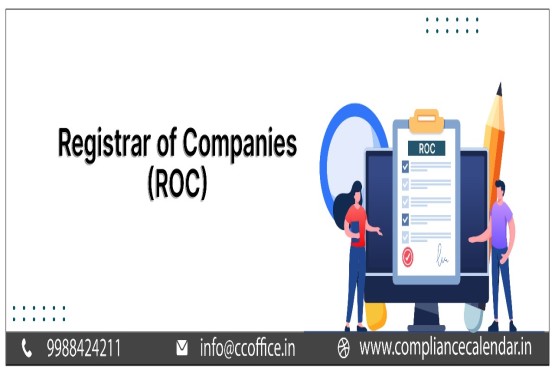






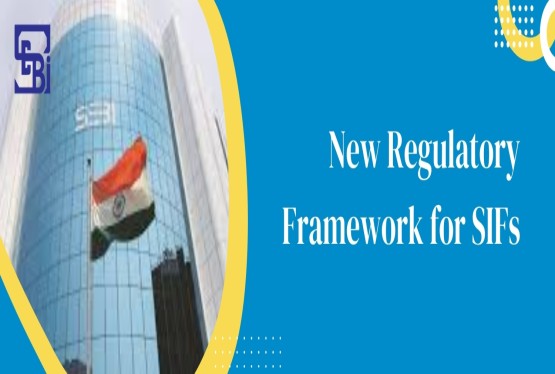
_Guidelines_learn_crop10_thumb.jpg)























_learn_crop10_thumb.jpg)
_crop10_thumb.jpeg)










_crop10_thumb.jpg)




_Second_Amendment_Rules,_2025_learn_crop10_thumb.jpg)







_learn_crop10_thumb.jpg)






















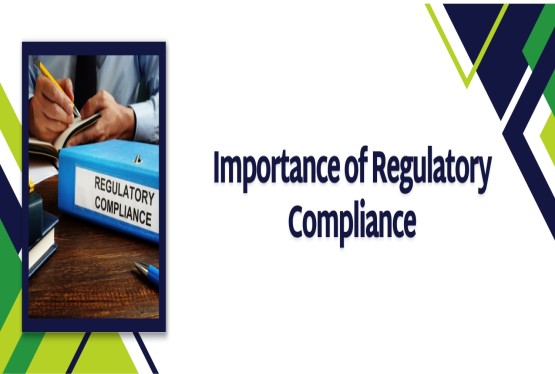







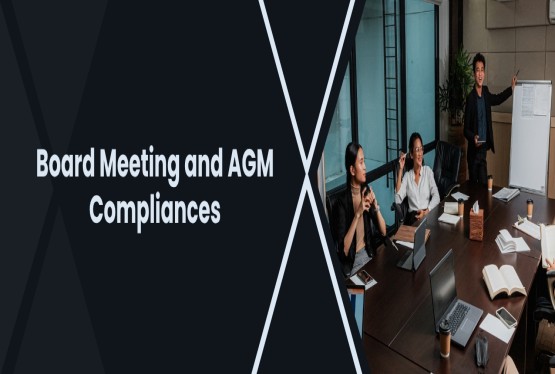







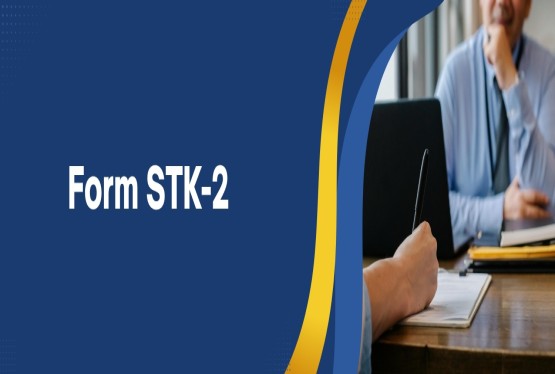



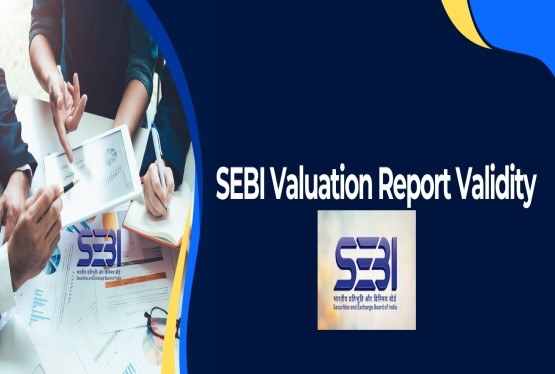

_learn_crop10_thumb.jpeg)

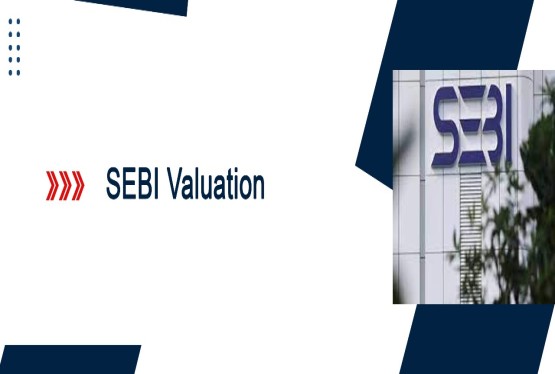






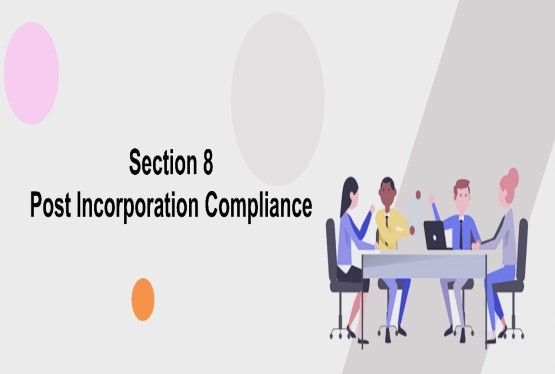

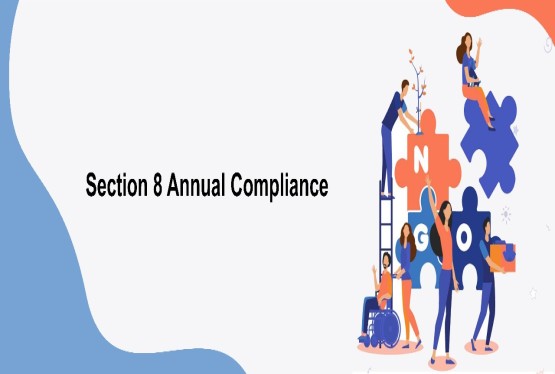





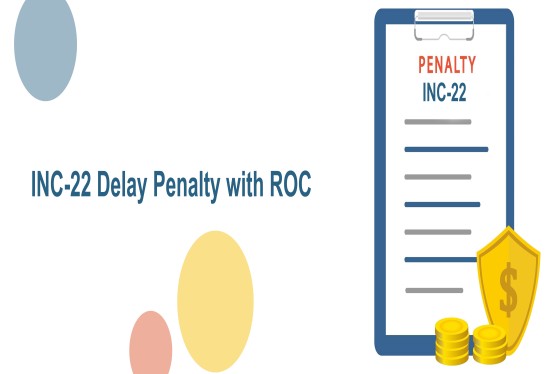


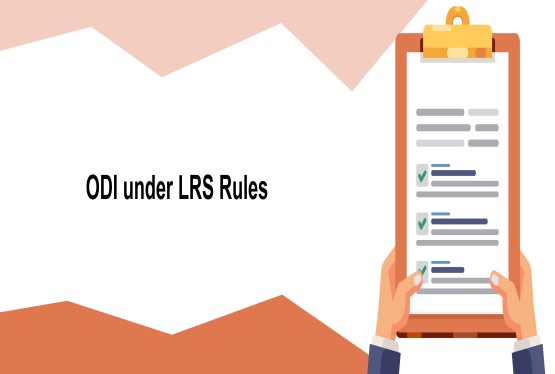
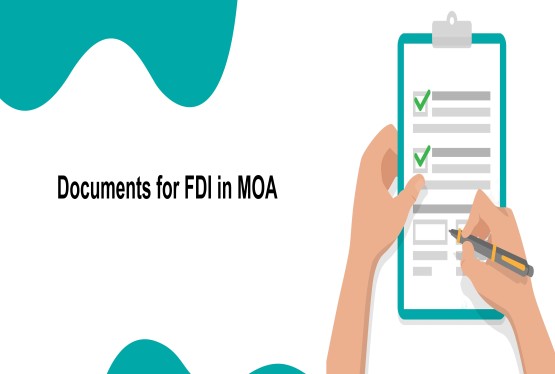
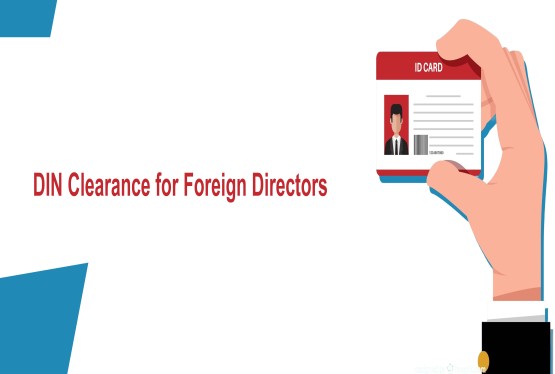

_learn_crop10_thumb.jpg)

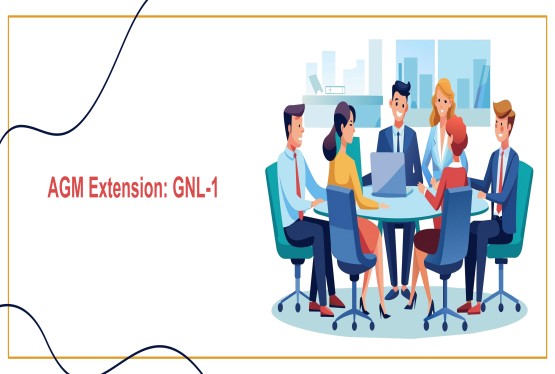

_rd_roc_learn_crop10_thumb.jpg)





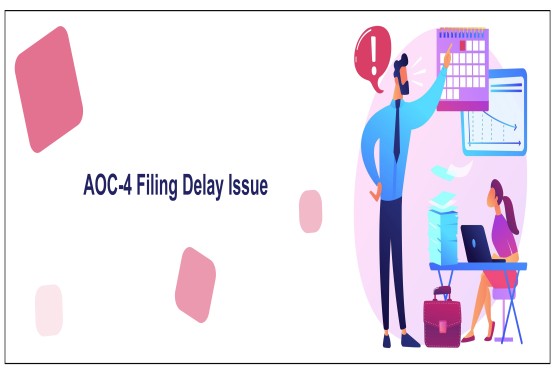




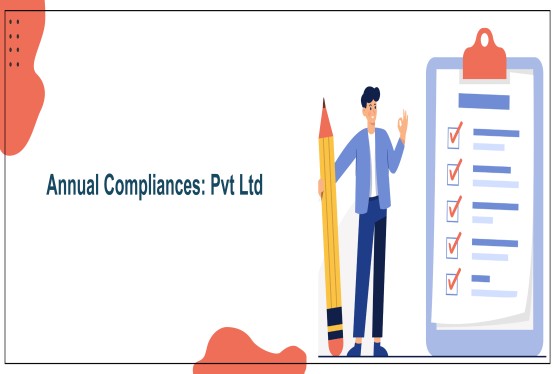




_learn_crop10_thumb.jpg)
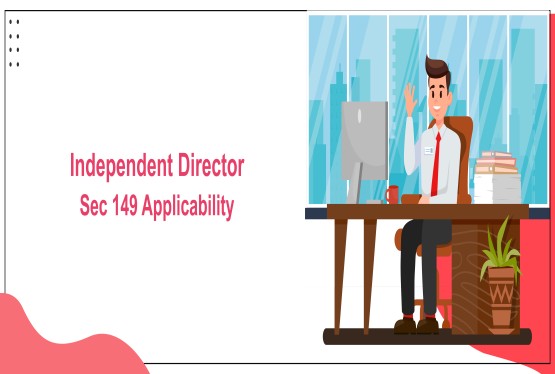

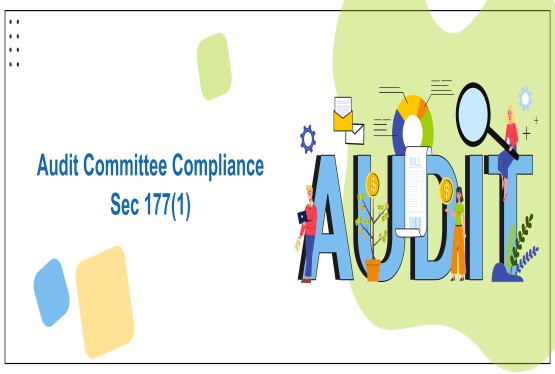



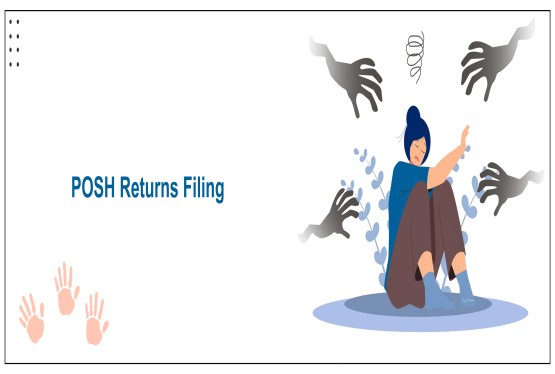
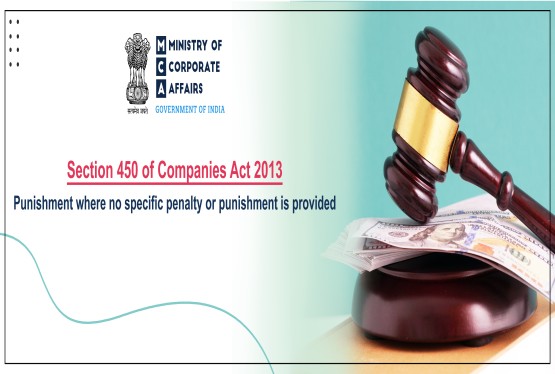





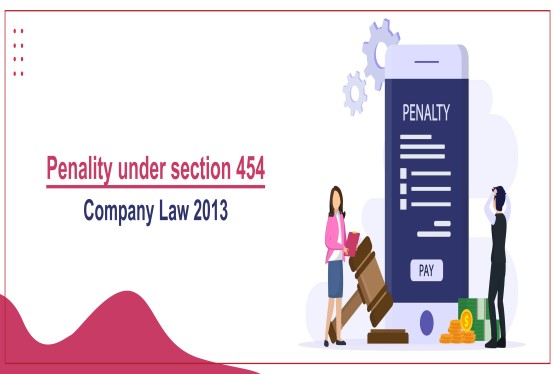
_learn_crop10_thumb.jpg)
_Learn_crop10_thumb.jpg)
